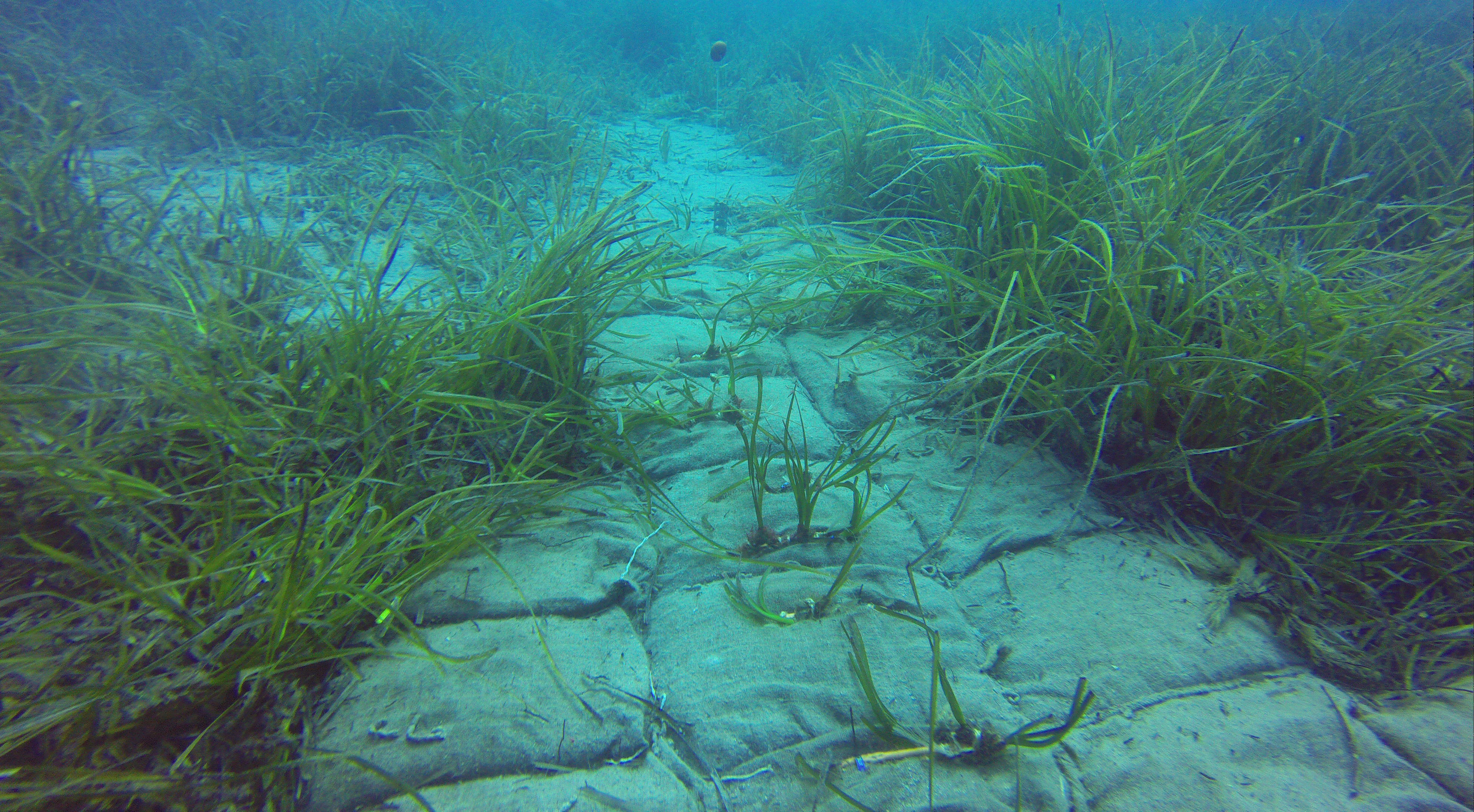We are a global operator of essential infrastructure
- This is a unique, pioneering project to set up a permanent scientific station that can monitor the environmental health of the mountain habitat, the home of the bearded vultures.
- Collaboration in the Sierra del Cuera (Asturias) includes monitoring cameras and a hide from where the bearded vultures can be spotted and photographed without disturbing them.

The Bearded Vulture Conservation Foundation (FCQ, Fundación para la Conservación del Quebrantahuesos) and Redeia have set up a joint project, the Conservation Area for Bearded Vultures in the Sierra del Cuera (Asturias). This initiative was created from the relation between both actors that began in 2022 and which has now been strengthened to support this endangered species, which was declared extinct on the coastline of Cantabria.
The project, which is financed by Redeia, includes various interventions in the southern slopes of the Sierra del Cuera —an area favourable for the bearded vultures— in the municipality of Peñamellera Alta.
The most innovative action, and one which makes this initiative stand out, is the setting up of a monitoring station that tracks the environmental health and conditions of the mountain habitat to enable us to analyse the vitality of the bearded vultures. It will involve taking samples of vectors of disease and contagion such as insects that feed on blood.
The insects will be captured by deploying box-traps at two weekly intervals. These samples will be frozen and sent for analysis at the Institute for Game and Wildlife Research (IREC), which belongs to the Spanish National Research Council (CSIC) and the University of Castilla-La Mancha.
This action not only benefits the vultures, but also other wildlife species, the cattle farming of the region and the habitat as a whole, as it will enable us to detect the presence of mosquitoes that are not endemic to this mountain region and calculate the degree to which the vultures are exposed to these foreign pathogens that climate change is enabling to ascend from tropical regions to reach the heights of the Sierra del Cuera.
If there are mosquitoes, especially from Africa, that can transmit diseases such as malaria, West Nile fever or bird flu, we can evaluate the risk they pose for these large birds that are not currently prepared to face them.
Permanent station
This potential mortality can endanger the previously successful programme for reviving the bearded vulture population, and the survival of other species within the local biodiversity. This is where the importance of this project lies. It is intended to provide a permanent, stable series of data that can tell us about trends within the vulture population and the broader ecosystem over the long term.
The project scientists are working with the hypothesis that if these exotic diseases affect the larger birds, which have a greater capacity for defence, it stands to reason that their potential effect on smaller species will be even greater, if possible. The bearded vulture is an indicator of the health of the whole ecosystem.
The project also includes the installation of a weather station that measures variables such as the temperature, humidity, wind speed and direction, rainfall and the atmospheric pressure.
Careful species management
Other actions undertaken as part of this ambitious project consisted of fencing off the enclosed area and installing video surveillance systems, setting up a specimen capture point to directly work on the birds by fitting them with marking transmitters or carrying out veterinary examinations, and installing cameras that activate in the presence of bearded vultures to capture high-definition videos to study their presence, behaviour and their physical condition.
At the same time, a central health control point has been installed where samples of droppings, feathers and other organic materials are collected and also sent to the IREC. This information is important for population management because it can be used to create a database of genetic aspects, to detect kinship, establish biochemical parameters for early warnings of threats to the species, such as epidemiological and epizootic problems, and to spot the presence of toxins and heavy metals, among others.
A number of thermal cameras have also been installed to monitor the health of the birds, making it possible to detect early signs of pathologies by observing their temperature.
The project is completed by the installation of scientific photography and filming in a camouflaged structure that will not disturb the natural behaviour of the birds, and an additional feeding point that will provide them with vitamin complexes and minerals.
The director of the Bearded Vulture Conservation Foundation, Gerardo Báguena, pointed out that there are other environmental sources of threats to bird life, apart from those that are caused by human activity.
“Global warming and the changes to the natural world that it is causing are one of the aspects that worry us, because we have already found bearded vultures that are affected by diseases associated with mosquitoes that are not found in Spain and which have even caused the death of specimens in the wild as well as in captivity” said Báguena, who warned of the “complexity” of defending Europe’s natural heritage from diseases brought by the global changes that are taking place.
Commitment to birds
The head of Red Eléctrica’s Environmental Department, Fernando Crespo, has said that the company’s interest and commitment to the protection of wild birds is shown in a series of measures and investments specifically aimed at reducing risks and promoting both the conservation and recovery of species of particular importance for biodiversity, such as the bearded vulture.
“Red Eléctrica is interested in the bearded vulture as a spectacular species that carries out vital biological functions in the ecosystem, but above all, because of its highly endangered conservation status, and because it is a bioindicator for other necrophages, and also because it is easy to work with the Bearded Vulture Conservation Foundation, who are highly professional and knowledgeable” he said.
At the same time, the vet responsible for research at the IREC, doctor Úrsula Höfle Hansen, stated that the ideal result would be “not finding anything” but is worried that they are likely to find mosquitoes that carry bird flu, which is “very dangerous” for the bearded vultures and other necrophages.
“We suspect that we are going to find mosquitoes that should not appear at this altitude, carrying parasites they should not have and which can be a risk for the birds that feed there, because of climate change, which is altering average temperatures and enabling insects to expand and extend their life spans and areas of distribution” she said.
The work carried out by various private and public bodies, with the leadership and encouragement of the Bearded Vulture Conservation Foundation, means that the Picos de Europa region is currently home to four pairs.
The mountains have seen the reintroduction of 45 specimens of bearded vulture between 2010 and 2023, and they are coexisting with other large bird species such as the griffon vulture, golden eagle and Egyptian vulture.
Redeia has been working with the foundation since 2022 on a joint plan as part of a Marking Plan for specific electricity lines to protect bearded vultures. This project represents a step forward in its commitment to environmental conservation and compliance with its biodiversity goals to achieve a net positive impact on nature between now and 2030.
























